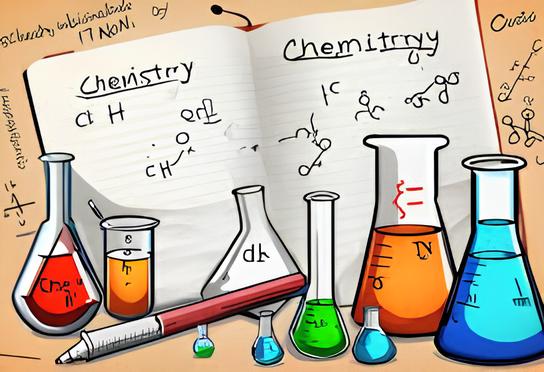JAMB Biology Note-Variety of Organisms
Topic
Variety of Organisms
Sub-Topics
- Structural, Functional, and Behavioral Adaptations of Organisms
- Adaptive Coloration and Its Functions
- Behavioral Adaptations in Social Animals
- Structural Adaptations in Organisms
Table of Contents
LESSON CONTENT
A. Adaptive Colouration and Its Functions
- Countershading:
- Found in fish, toads, and snakes.
- Function:
- Provides camouflage by creating an illusion of flatness, making the organism less visible to predators or prey.
- Darker top blends with the environment when viewed from above, while lighter underside matches the brightness of the sky when viewed from below.
- Warning Colouration:
- Seen in organisms like mushrooms, certain frogs, and insects.
- Function:
- Bright colors (red, orange, yellow) signal toxicity or unpalatability, deterring predators.
- Example: Poison dart frogs, Amanita mushroom species.
B. Behavioral Adaptations in Social Animals
- Castes in Social Insects:
- Example: Termites, bees, ants.
- Differentiation:
- Queens: Reproduction.
- Workers: Foraging, nest-building, caring for the young.
- Soldiers: Colony defense.
- Function: Ensures division of labor, promoting colony efficiency and survival.
- Thermoregulatory Behavior:
- Basking in lizards:
- Absorbs heat to regulate body temperature in cold environments.
- Hibernation:
- Reduced metabolic activity to survive cold seasons.
- Aestivation:
- Dormancy during hot, dry periods to conserve water and energy.
- Basking in lizards:
- Territorial Behavior:
- Seen in animals like birds, lions, and wolves.
- Function:
- Protect resources (food, mates, nesting sites) by marking or defending a territory.
C. Structural Adaptations in Organisms
- Obtaining Food:
- Birds:
- Beak shapes adapted to diet (e.g., curved beaks in hawks for tearing flesh, long beaks in hummingbirds for nectar).
- Leg structure supports foraging methods (e.g., wading legs in herons, grasping legs in birds of prey).
- Insects:
- Mosquito: Piercing and sucking mouthparts.
- Butterfly/Moth: Proboscis for sucking nectar.
- Birds:
- Protection and Defence:
- Stick insects: Mimicry to resemble twigs, blending with their surroundings.
- Praying mantis: Camouflage and powerful forelegs for defense and predation.
- Toad: Toxic secretions and bumpy skin for predator deterrence.
- Securing Mates:
- Agama lizards:
- Males display bright red heads during mating to attract females.
- Birds:
- Feather displays and elaborate courtship dances to impress potential mates.
- Agama lizards:
- Regulating Body Temperature:
- Skin: Sweat glands in mammals for cooling.
- Feathers: Insulation in birds to trap heat.
- Hairs: In mammals for insulation, piloerection helps conserve heat in cold conditions.
- Conserving Water:
- Plants:
- Spines in cacti reduce water loss and provide shade.
- Mammals:
- Scales in reptiles and certain mammals (e.g., pangolins) minimize water loss by reducing skin permeability.
- Plants:
Objectives and Adaptation Analysis
- Describing Structures, Functions, and Behaviors:
- Organisms adapt by evolving specific physical structures (e.g., specialized beaks, scales, spines) and behaviors (e.g., basking, territoriality) to thrive in their environments.
- Countershading and Warning Colouration:
- Countershading: Helps organisms avoid predation by blending with the environment.
- Warning colouration: Deters predators by signaling danger or toxicity.
- Social Behaviors:
- Division of labor in social insects enhances colony survival.
- Thermoregulatory and territorial behaviors enable survival in fluctuating environmental conditions.
- Adaptation Categories:
- Obtaining Food: Structures like beaks, legs, and mouthparts are adapted for specific diets.
- Protection and Defense: Camouflage and toxic secretions provide safety.
- Mating: Physical displays and behaviors secure reproduction.
- Temperature Regulation: Feathers, hairs, and behavioral adaptations maintain body heat.
- Water Conservation: Structural features like spines and scales help in arid environments.





